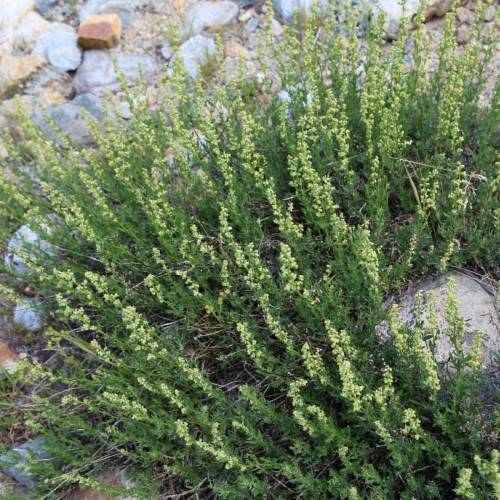
Western Mugwort
Artemisia ludoviciana subsp. incompta
Also Known As - White SagebrushWatering:
Minimal
Hardiness Zone:
Sun:
full sun,part shade
Leaf:
Yes
Growth Rate:
Low
Poisonous To Humans:
Yes
Poisonous To Pets:
Yes
Drought Tolerant:
Yes
Salt Tolerant:
Yes
Invasive:
Yes
Care Level:
Medium
watering
Long Leaved Mugwort (Artemisia longifolia) should be watered regularly. In the summer, water the plant when the top 3 inches of soil have dried out. In the winter, water only when the top 1-2 inches of soil feel dry. Be careful not to overwater the plant as too much water can lead to root rot. In general, allow the surface to dry out between watering. Use good drainage, and water in the morning so that any excess water can evaporate before evening.
sunlight
Long Leaved Mugwort (Artemisia longifolia) does best in full sunlight, ideally receiving a minimum of 5-6 hours of direct sun each day. It is generally happiest when in a spot that receives some partial shade in the afternoon to help protect it from the heat. This plant is very adaptable to different lighting conditions, but needs more shade in areas with intense sun or heat. The ideal time of day for Long Leaved Mugwort is late morning/early afternoon, with at least partial shade from the hottest and harshest rays of the sun.
pruning
Long Leaved Mugwort (Artemisia longifolia) should be lightly pruned in early spring, before any new growth begins. You want to remove any dead, damaged, or overlong stems and foliage, preferably with shears. Cutting should be done to maintain the desired size and shape of the bush, and for air circulation and light penetration. Prune selectively and don’t cut too much, as this species is tolerant of heavy pruning. Repotting should be done in later spring after pruning.
